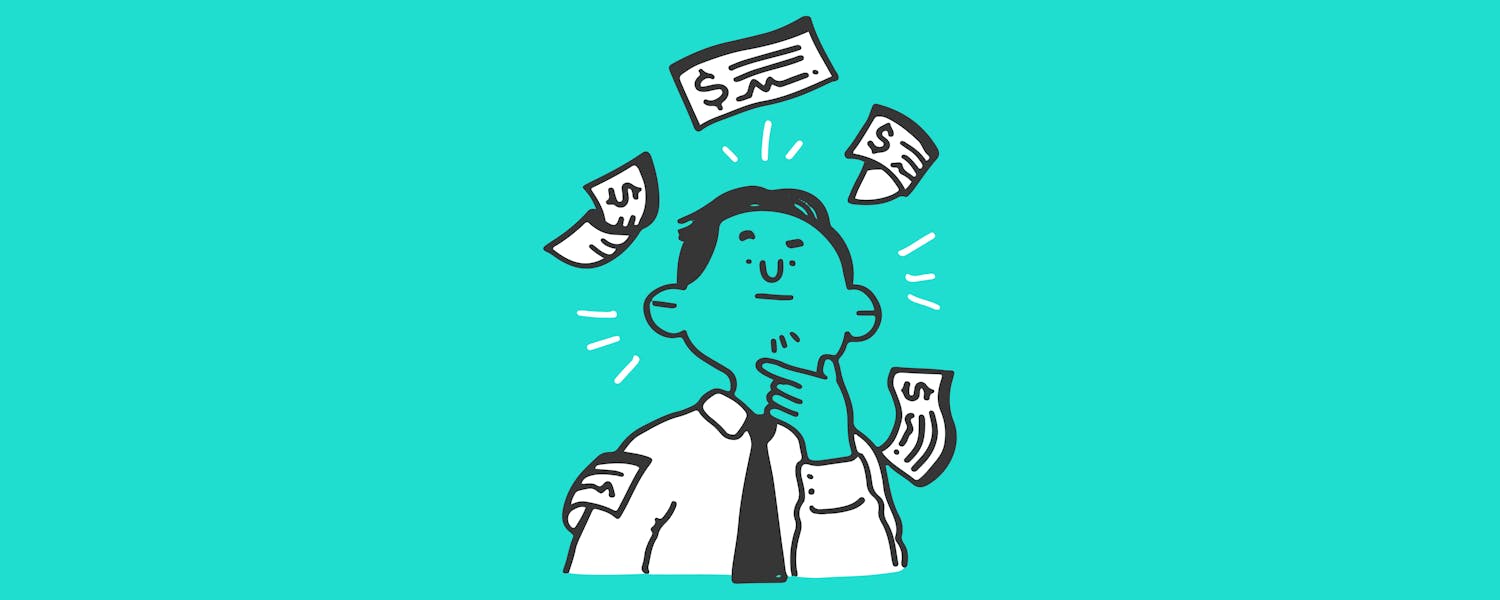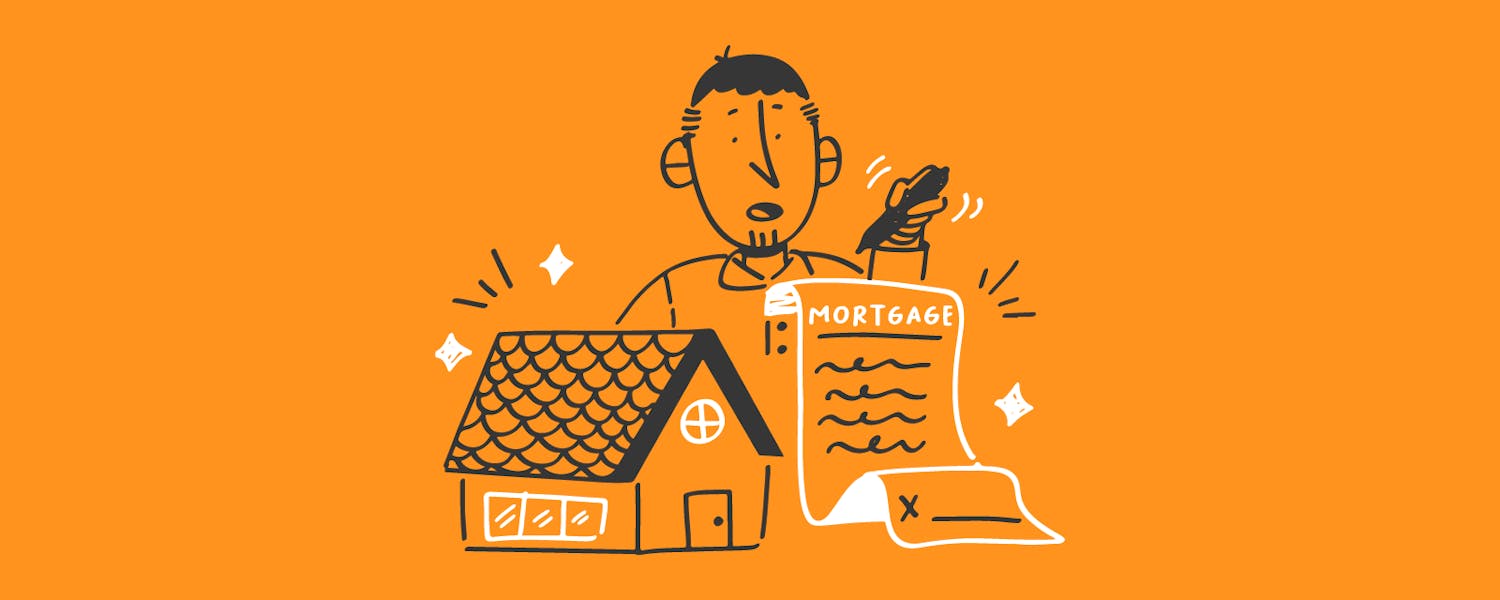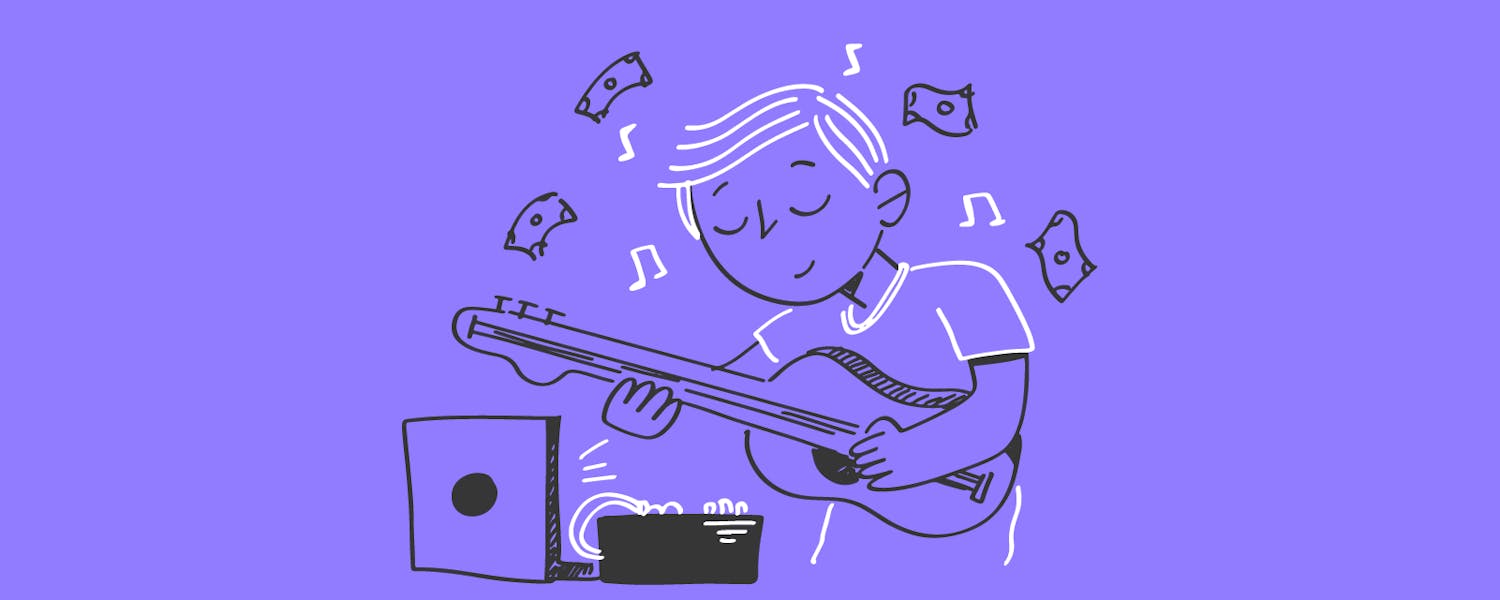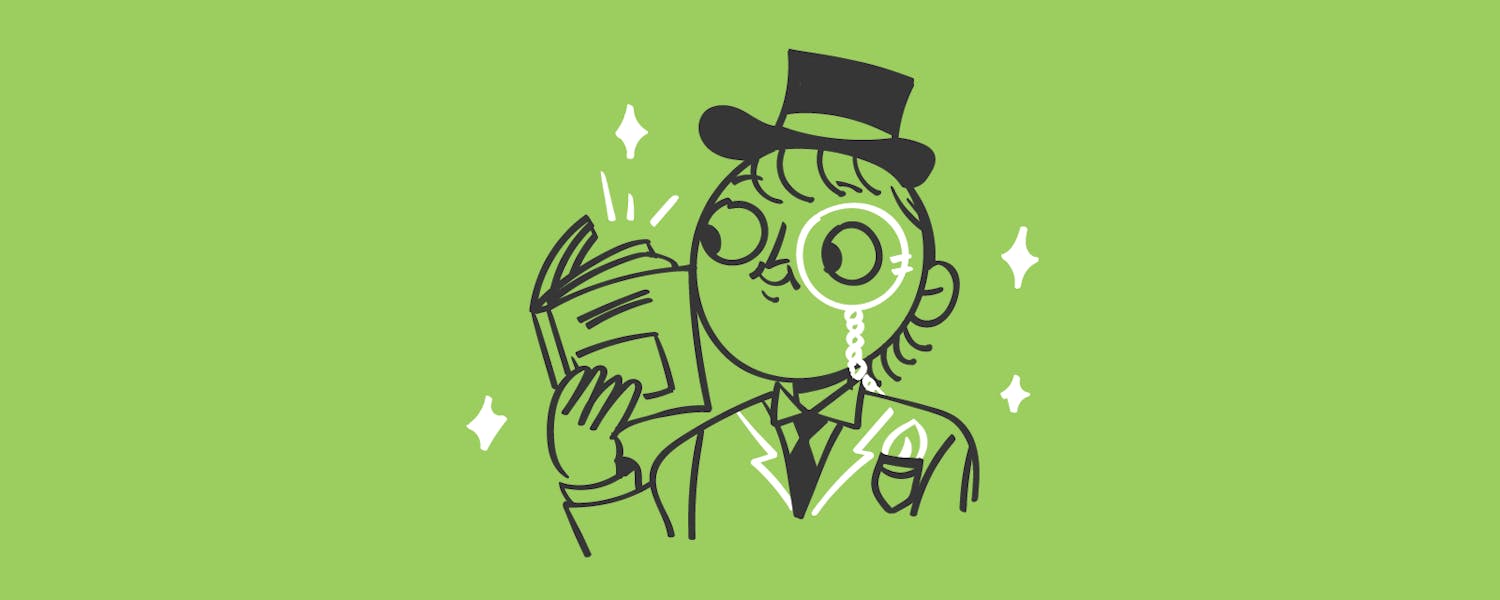What You Need To Know About Checks
Checks have long been a method of payment, some believe, since ancient Roman times.
Check writing as we know it became popular in the 1950s, when automation began, and machines could process and clear checks, making it a much faster process.
Today, checks still exist as paper and digital checks, along with check cards (debit cards).
A check is a document that promises the stated amount of money printed on it to the payee (person receiving the check).
Both written checks and transactions made with a check card are withdrawn directly from your checking account when the transaction is processed.
The parts of a check
Among what makes checks work is that they all include the same information and security standards.
That’s why all checks must have the following characteristics:
- Payer name and Address
- Date
- Pay to the order of (payee)
- Amount box
- Amount line
- Bank information
- Memo line
- Bank routing number
- Checking account number
- Check number
- Bank Fractional
- Payer signature line
 Writing a Check
Writing a Check
Knowing how to write a check is crucial to ensure the bank can accept it as a proper form of payment.
Most of the check's information is pre-printed for you, including your name, address, phone number, check number, bank name and routing number, and account number.
However, checks have some blanks you must complete about who you are paying the money to, how much you are paying, and your signature authorizing the payment.
To write a check, follow these steps:
- Enter the date you’re writing the check on the date line
- Write the person or company’s name you’re paying the money to on the ‘Pay to the Order Of’ line
- In the box next to the person/company's name, write the number in digital form of the amount you're paying
- On the blank line underneath the payee’s name, write out the amount you’re paying in word form, such as one hundred dollars and zero cents for $100.00
- Sign the check on the line in the bottom right corner
- You can write a reason for the check on the memo line, but that’s not required
Envato/RLTheis
 What does No/100 or 00/00 mean?
What does No/100 or 00/00 mean?
When you read “No/100” or “00/00”, it refers to the cents of a dollar the check includes:
- “No/100” means “No cents”.
- “00/100” means cero cents.
These legends indicate that no cents are to be added after the written amount.
If the payment includes cents, it should be stated in letters and/or the amount of cents in the upper portion of the small numbers.
Example:
Fifty nine dollars and ninety nine cents 99/00.
The Check Clearing Process
Whether you're writing or receiving a check, it's important to understand the check-clearing process with check payments.
Checks aren't cleared immediately, which can affect finances on both ends of a transaction.
Envato/tehcheesiong
On average, a check takes one to two days to clear, but there may be longer hold periods for larger checks; each bank has different rules.
When depositing the check, the bank will put the date the funds will be available on the deposit ticket.
If you deposited the check, this is when you’ll have the funds available to spend, and if you wrote the check, that's how long it will take before you see the funds taken from your bank account.
Here’s what happens during the process:
- The depositor deposits the funds in their bank account
- The depositing bank contacts the drawing bank (the payor’s bank) to withdraw the funds
- The drawing bank approves the check if there are enough funds in the check writer’s account and sends the funds to the depositing bank
- The depositing bank clears the check, and the funds are withdrawn from the payee’s bank
How to Manage Checks
Envato/duallogic
Knowing how to manage checks is essential to proper financial management.
Avoiding overdrafts and checkbook balancing (knowing how much money you have in your account before spending money) is essential to managing a checking account.
Fortunately, with today’s security, it’s simple.
The dos and don’ts of check writing
Do’s
- Use your bank’s online or mobile banking features
- Know your account balance before writing checks
- Make note of the checks you’ve written so you don’t overdraft
- Keep a copy of cleared checks for your records
Envato/formatoriginal
 Don’ts
Don’ts
- Write a check without knowing if you can cover it
- Write a check with a date before today’s date
- Write a blank check (with no recipient name or amount)
- Write a check payable to ‘Cash’ unless you’re cashing it at your bank immediately
Security Measures – Preventing Fraud
Like any form of payment, there is always the risk of fraud.
It’s important to know how to check the security of the checks you write, as well as the checks you receive.
Check Security from your Bank
Envato/formatoriginal
Before choosing a bank, inquire about the bank’s security levels regarding checks. Each bank uses different protocols, but here are some factors to look for:
- Exclusive watermarks to avoid duplication
- Premium-grade check paper that cannot be copied
- Chemically reactive paper that changes with any check alterations
- Fibers found only under UV-light
- Visible fibers to make checks incapable of being copied
- Marks, should someone try to erase what you've written
- A visibly altered check structure with any attempt at alternation
Avoiding Check Scams
Envato/MargJohnsonVA
You can be at the receiving end of check fraud when accepting a check. Here’s what to avoid:
- Depositing a check from an unknown source who promises a large payment
- Receiving a check and told to buy gift cards with them
- Receiving a check as a 'prize payment'
- Receiving a check from a source that bought something from you but who wrote the check for more than the amount and asks for a refund (the check isn’t real)
The Future of Checks
Check writing has slowed down significantly in recent years, according to the Federal Reserve, but experts don’t believe it will go away completely anytime soon.
People still write checks to peers and companies, and most businesses pay bills with checks.
Envato/Rawpixel
While there are 'more convenient' options, such as electronic payments, many people still prefer the check to have as a record of payment.
Bottom Line
Knowing how to write a check is important, as it's a skill everyone needs. Knowing what to look for and avoid when accepting a check is crucial, as you could be at risk of fraud if you receive a bad check.
Avoiding check fraud and protecting your account is essential.
The most important factors are protecting your account by using proper security measures, keeping track of your account balances, and understanding the check-clearing process since it isn't as immediate as many other methods, including cashless payments.





